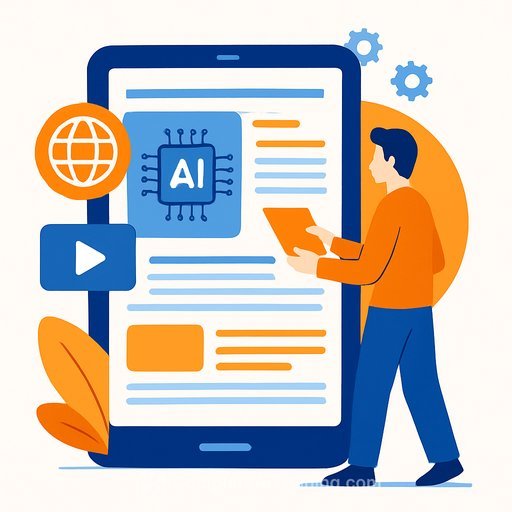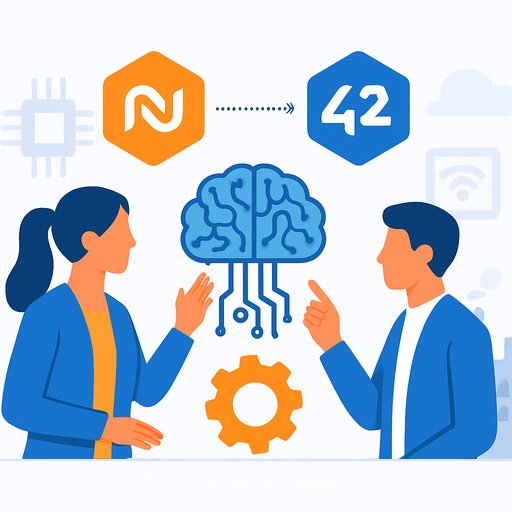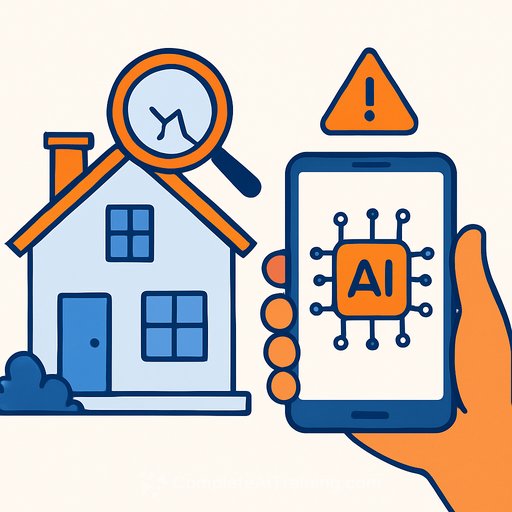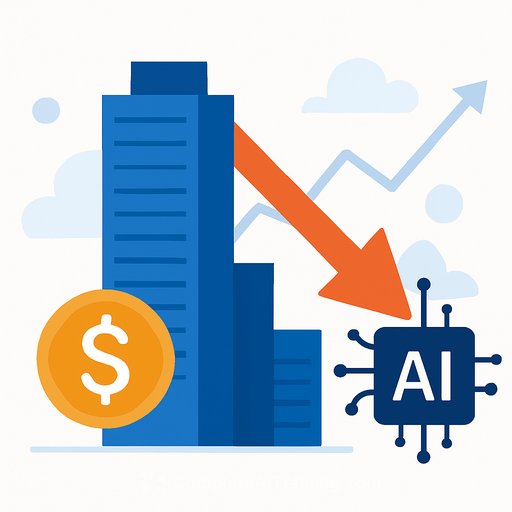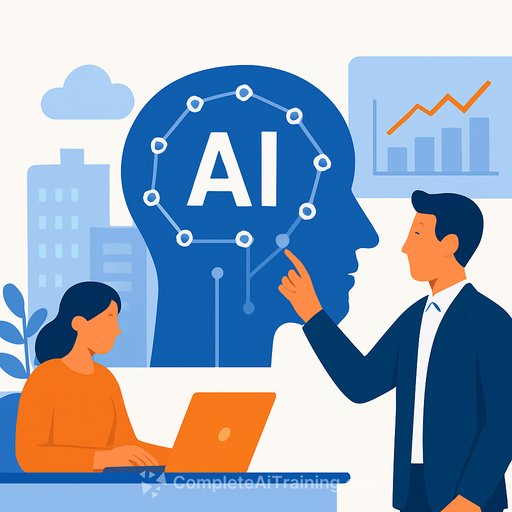Socotra Launches Agentic AI for Insurance Product Configuration
Socotra's move puts agentic AI directly into the product configuration workflow. For product leaders, this is less about hype and more about compressing cycle times, reducing rework, and tightening control over rates, rules, and forms.
The opportunity: let AI handle repeatable, rules-heavy work while your team focuses on market strategy, profitability, and compliance.
What "agentic AI" means in product configuration
Agentic AI refers to goal-driven systems that plan steps, call tools, and produce outcomes with oversight. In insurance product development, that can mean structured changes to rating, underwriting, forms, and tests inside your product model.
- Propose and apply changes to rates, factors, and eligibility rules based on your specs.
- Draft and align form selections and endorsements with jurisdictional rules.
- Generate regression tests from rate/rule diffs and business acceptance criteria.
- Prepare filing artifacts and change logs mapped to regulatory requirements.
- Create product documentation and configuration summaries for handoffs.
Why this matters
Speed-to-market and accuracy win accounts. Agentic workflows can reduce handoffs, standardize changes, and increase test coverage without adding headcount.
- Cycle time: spec to testable build in days, not weeks.
- Quality: fewer rate parity issues and rule drift.
- Traceability: clear diffs, audit trails, and versioned artifacts.
Practical use cases you can pilot in 30-60 days
- Rate and rule migration from spreadsheets into the core product model with auto-generated tests.
- Competitor or ISO/AAIS parity updates with controlled diffs and approvals.
- Automated regression test generation from historical defects and filings.
- Filing prep: map product changes to state requirements and produce draft justifications.
- Product documentation: change logs, release notes, and broker summaries.
Controls, compliance, and risk
Keep humans in control, maintain auditability, and protect customer data. Build around proven governance and external standards where helpful.
- Human-in-the-loop approvals for any change that can impact premium, eligibility, or coverage.
- PII isolation, least-privilege access, and redaction for any model inputs.
- Immutable logs: who requested what, prompts/outputs, diffs applied, and test results.
- Version control for product artifacts; promote via dev/test/stage/prod gates with sign-offs.
- Reference frameworks such as the NIST AI Risk Management Framework (NIST AI RMF).
- For U.S. filings, align outputs to SERFF expectations (NAIC SERFF).
Architecture pattern that works
Use an LLM with tools, not a free-text bot. The agent should read/write structured product artifacts only through defined APIs and validators.
- Source of truth: product model, rating tables, rule engine, and form selection logic.
- Tools: schema validators, diff generators, unit/regression test runners, and filing template builder.
- Knowledge: vector index of guidelines, prior filings, and underwriting manuals with citations.
- CI/CD: branch-based changes, PR reviews, automated test gates, and environment promotions.
Implementation checklist
- Scope: one product, one jurisdiction, one change type (e.g., factor update).
- Data: baseline rates, rules, forms, and gold-standard test cases.
- Guardrails: schema-first edits, no direct production writes, approval workflow.
- Evaluation: rate parity error rate, regression pass rate, review time per change.
- Success criteria: 30-50% faster cycle time with zero premium-impacting defects.
- Rollout: expand to new states/LOBs after two clean releases.
Change management for product teams
Shift roles from manual entry to specification, review, and exception handling. Incentivize quality and speed, not keystrokes.
- Define owner roles: spec author, agent reviewer, compliance approver, release manager.
- Create prompt/playbook libraries for repeatable change patterns.
- Train on reading diffs, tracing model outputs to sources, and rejecting unsafe changes.
Questions to ask your vendor
- Scope: which artifacts can the agent read/write? Rates, rules, forms, filings, tests?
- Controls: how are changes validated, tested, and approved before merge?
- Transparency: can we see prompts, tool calls, diffs, and citations for each change?
- Security: data residency, PII handling, model providers, and isolation.
- Quality: evaluation datasets, measured error rates, and rollback paths.
- Pricing: usage drivers (tokens, runs, environments) and expected unit economics.
- Roadmap: upcoming tools, supported LOBs/states, and partner ecosystem.
- Exit: how to export artifacts and logs if we switch platforms.
Bottom line
Agentic AI in product configuration is ready for focused, controlled use. Start small, enforce guardrails, measure quality, and scale where it proves value.
If your team wants structured upskilling on practical AI skills by role, explore these options: AI courses by job.
Your membership also unlocks:



